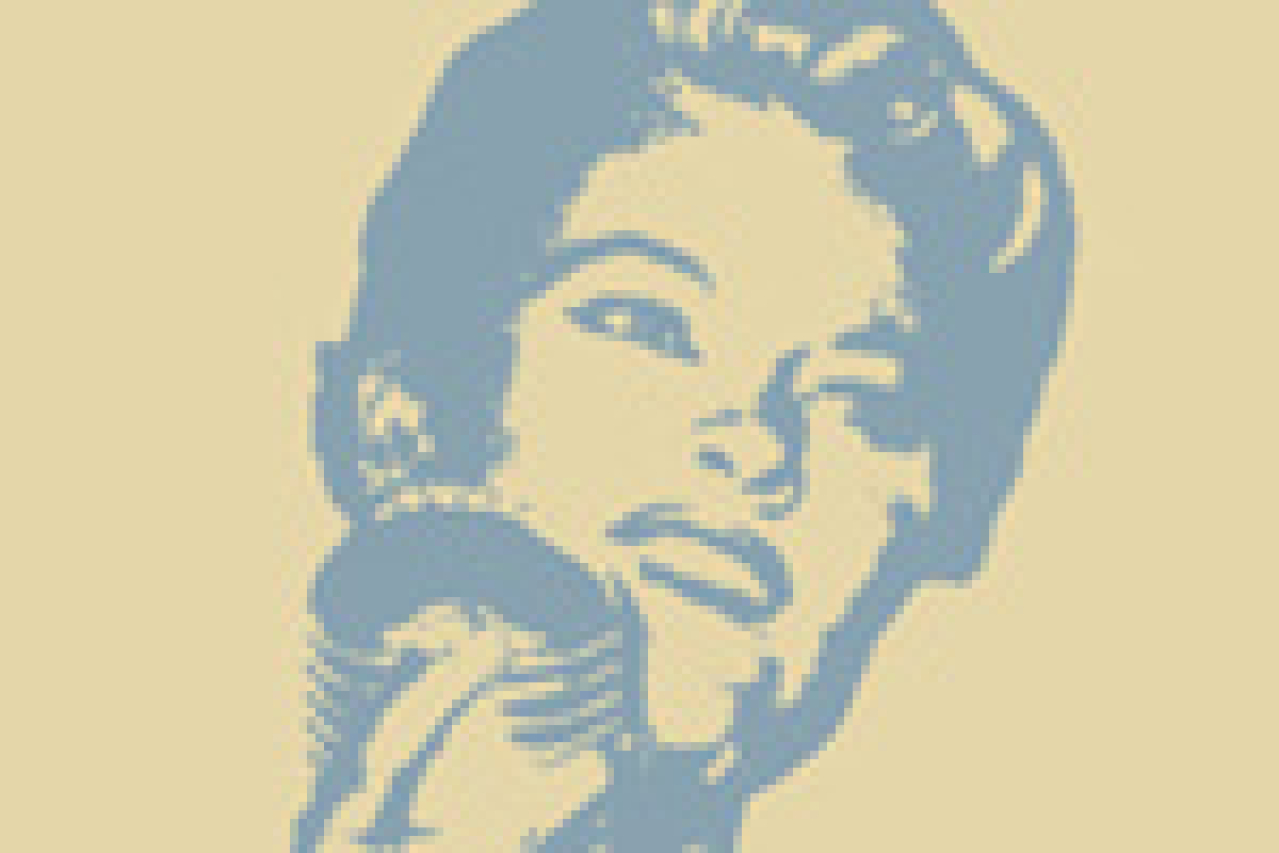Flipside: The Patti Page Story

(© Carol Rosegg)
It could be the most inaccurately named show to come along during 2012: Flipside: The Patti Page Story, that’s running at 59E59 Theaters. By invoking the out-of-use term for the secondary tune on bygone 45rpm singles (“flip-side”), director/writer Greg White’s bio-tuner promises to deliver some of the lesser known details about, or maybe even insights into, the life of the singing legend. Instead, he delivers an unsatisfyingly sketchy outline of her life and career that’s (thankfully and pleasantly) bolstered by a pair of powerhouse vocalists.
White certainly starts with an interesting and apt conceit for the show, casting not one, but two actresses in the central role as the simple girl from Claremore, OK, with an incredible set of pipes, who rises to international stardom. Playing mousey Clara Ann Fowler, the young woman who was transformed by her manager Jack Rael (a multiply cast Justin Larman) into the glamorous singing sensation is Haley Jane Pierce. Imbued with a spunky wistfulness by Pierce, Fowler’s on hand throughout the show to narrate the biography, reflect on a few details, and deliver a few of Page’s classics herself, notably “Tennessee Waltz,” the song for which she may still be best known. It’s actually a relief when she can step out of her role as melancholy narrator to let rip a bit of warm, plaintive country crooning.
Lindsie VanWinkle plays the public side of Page with an elegance that is combined with just the right level of down-home grit, and, when singing some of Page’s hits, including “Old Cape Cod” and “How Much Is That Doggie in the Window”, she terrifically brings the performer’s chaste sultriness to life. And there’s little question that VanWinkle, looking ravishing in Corey Martin’s gorgeous period costumes, performs these and about a dozen other songs with an almost eerie exactness, capturing Page’s aura, her varied and lush vocal stylings, and distinctive mannerisms. This is particularly true when she zestfully belts out “I Don’t Care If the Sun Don’t Shine.”
The double-casting makes perfect sense because Page is the woman who pioneered overdubbing. Well before the likes of Barbra Streisand and Mariah Carey were singing harmonies with themselves, Page was singing not only duets, but quartets with herself, starting with the 1947 hit “Confess.” And indeed, one of the show’s high points comes as VanWinkle’s smooth vocals and Pierce’s twangier tones combine for this tune. Equally impressive is Zac Lee’s musical direction. It’s great to hear the classic tunes, which use some fine vocal arrangements by Melissa Griffith, played live.
Having both sides of the character onstage simultaneously creates tremendous dramatic possibilities, but sadly, White leaves them untapped. Audiences may yearn for Fowler to confront her public persona, but that moment never comes. Instead, the show settles into a rhythm in which Pierce provides the continuity to move the show forward and fill in the gaps between VanWinkle’s numbers and the show’s few actual scenes.
It’s a formula that becomes quickly wearisome and, at times, even cringe-inducing in its clunkiness, particularly when dealing with Page’s first two marriages, where Fowler simply addresses the audience, saying, “While I have been married twice, relationships and career are difficult to juggle.” And, though a few details are then given about her second husband, Charles O’Curran–only to clarify how dance became a part of her act–her first husband never even comes up.
The show is equally sketchy about where or why Page is performing some numbers. This is particularly true at the beginning, when Fowler reminisces about her career as Page, and at the end, when a quintet of songs, including the hits “Alleghany Moon” and “You Belong to Me,” are performed back-to-back as part of a generic “city-to-city, coast-to-coast, continent-to-continent” tour that seems to have been designed as a kind of finale.
To find out more about what went on behind the music, however, audiences will need to look beyond Flip-Side. Meatier pieces of information can be found on Page’s Wiki entry or her own website. Either will be required reading after taking in the strictly bare bones biography that’s provided here.











